Physics Laboratories
Index of the laboratories
Physics Laboratory I
Location
A4.33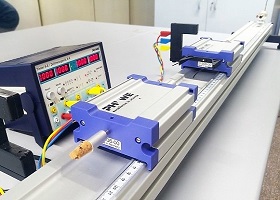
Description
In this laboratory, students become familiar with the numerical and graphic acquisition and processing of experimental data in mechanical physical systems. It is equipped with simple machines that combine pulleys and more complex devices such as a ballistic pendulum that allow them to study the moment of inertia and visualise the formation of standing acoustic and mechanical waves and the interaction between bodies on the collision track.
Subjects
Equipment
The Laboratory has collision tracks for studying the conservation of momentum, equipment for determining the moment of inertia of bodies with different geometries, ballistic pendulums for studying the conservation of angular momentum and sound tubes for studying standing mechanical waves, in addition to simpler equipment such as a basic pendulum, elastic springs and dynamometers for studying the equilibrium of bodies.
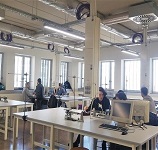


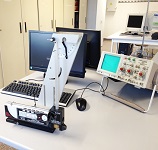
Physics Laboratory II
Location
A4.34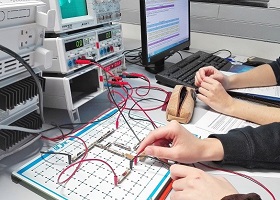
Description
In this laboratory, students become familiar with the acquisition, numerical processing and graphic representation of experimental data in electromagnetic physical systems. They first study simple direct and alternating current electrical circuits, focusing on the physical properties of conduction. They later analyse the inductive phenomena that appear in the electrical circuits and experimentally determine magnetic fields and mutual induction and self-induction coefficients.
Subjects
Equipment
In addition to the equipment one typically finds in an electromagnetism laboratory, the Laboratory houses a Tektronix TBS1052B-EDU digital oscilloscope (a model adapted for educational purposes). The instrument shows on screen the tutorial that will guide the student during the practical.
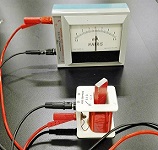

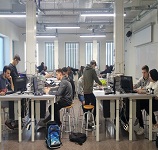
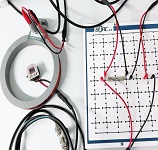
Photonics Laboratory
Location
A4.35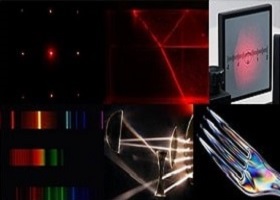
Description
A darkroom or photonics laboratory in which students can visualise the principal properties of light, which are the basis for the photonic systems used in technological applications, whether they are materials processing, biomedical, energy or communications applications. Students study the generation and propagation of light, polarisation, the formation of images in optical systems, diffraction, interference and holography.
Subjects
Equipment
The Laboratory has Enosa laser equipment, DC-NTL laser equipment, Frederiksen 2885-00 laser equipment, spectrometers, an interferometer, a multimeter and Philips Harris transformers.
